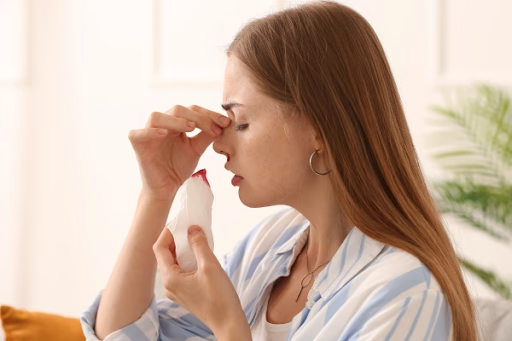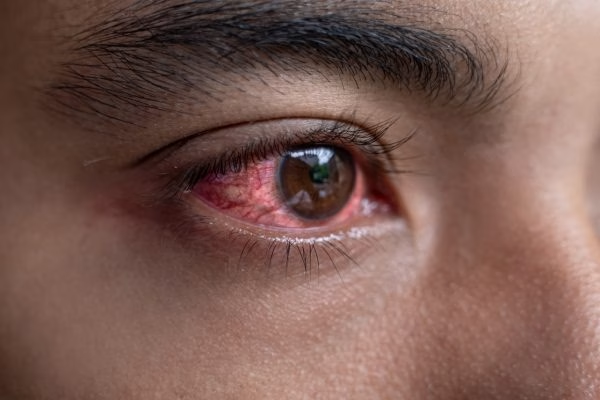We try to avoid them as much as we can, but injuries are bound to happen sometimes. Depending on your line of work, hobbies, and how quickly you bleed and bruise, you may be so used to having small injuries that it becomes straightforward to downplay them. You don’t want to rush for the hospital for something that can be bandaged at home, but you also shouldn’t attempt to treat an injury at home that needs real medical attention. Learning how to tell when you or a loved one needs stitches is an essential step in first aid, so we’ve put together some of the most helpful tips you should know.
When Do You Need Stitches?
After you get cut, you should quickly cleanse the wound with warm water and gentle antibacterial soap. Next, inspect the injured area to determine how deep and severe it is. Your injury will need further medical attention if it meets any of these requirements:
- It is thicker than a quarter inch in length
- There’s a risk of infection. There’s a risk if you’ve been cut by any dirty or rusty object.
- Muscle, bone, or fat are visible through the wound.
- This is a visible indication that it’s thicker than a quarter inch deep in length.
- The cut is near a joint. If the wound is near a joint, look for joint, muscle, or bone is visible.
- If you struggle to move the joint, go to the emergency room right away.
- The cut is in a cosmetically sensitive area. For instance, wounds on the fact can be stitched to avoid a large scar from natural healing.
- After applying steady pressure for 15 minutes the cut has not stopped bleeding, or if there is spurting blood from an atrial vein
If you’re unsure how deep the cut is or if it needs medical attention, you should get it looked at. A medical professional will help you clean and examine the wound to determine if it can heal on its own, or if further action is needed. If your injury occurs from a human or animal bite, be sure to visit an emergency room even if the damage isn’t grave. A tetanus shot will be required for wounds from pet or animal bites, as well as anything rusty or dirty. Getting stitches can be scary, but it leads to better healing and a much lower risk of infection.



